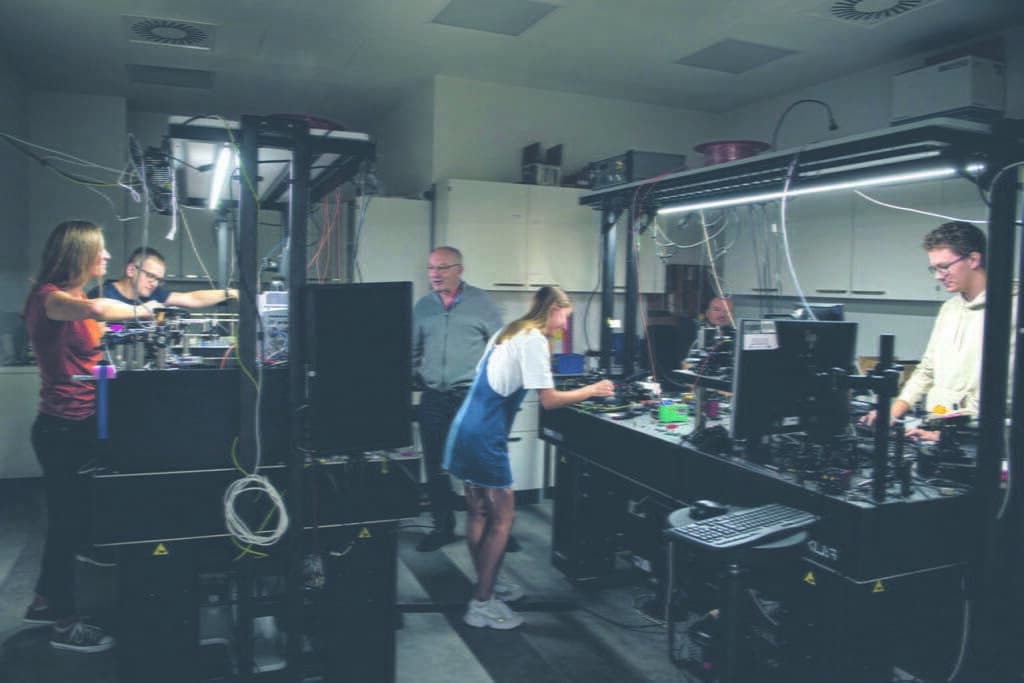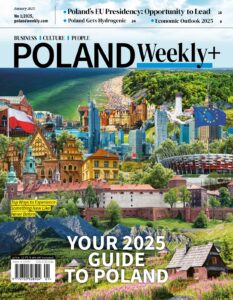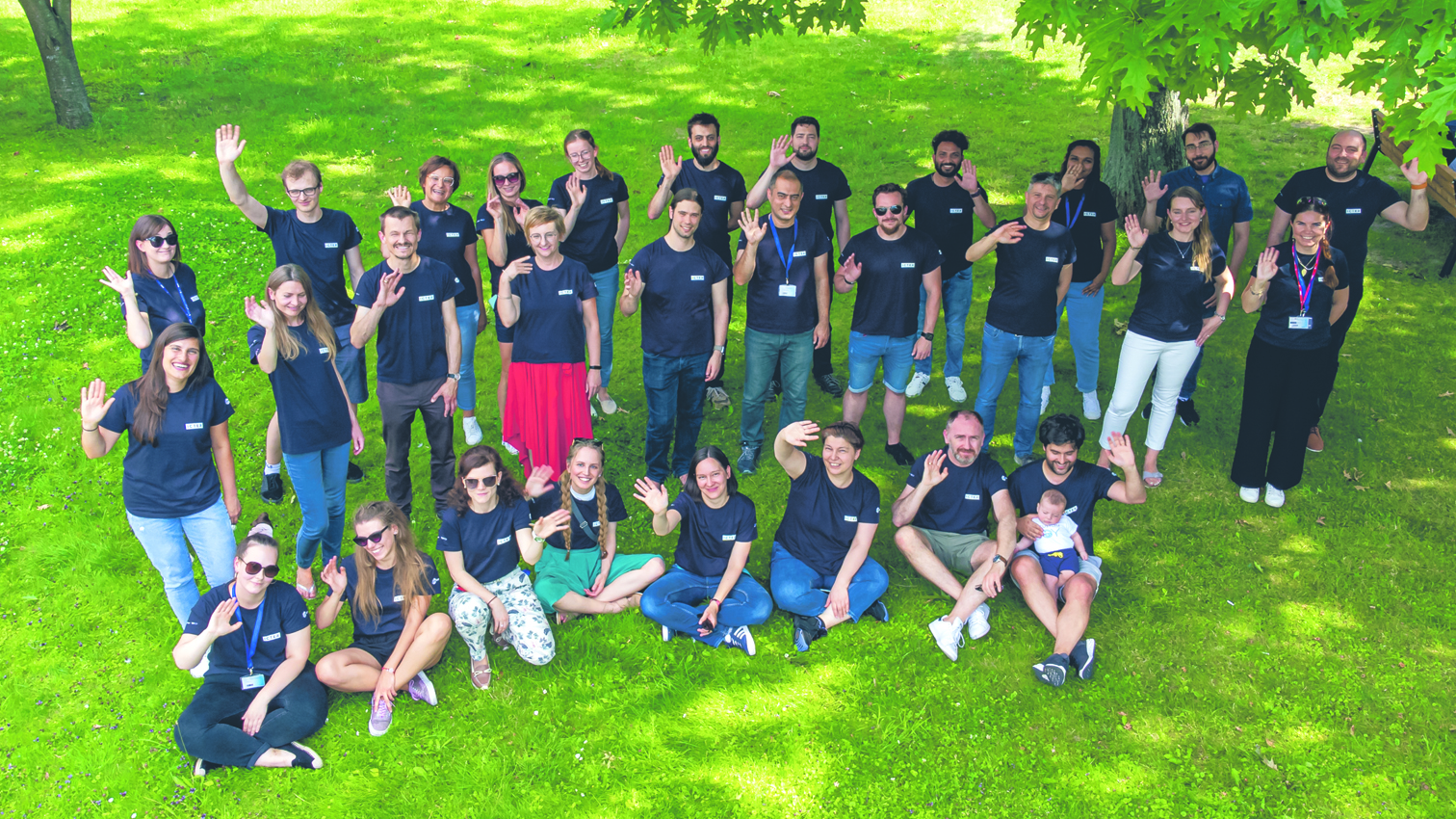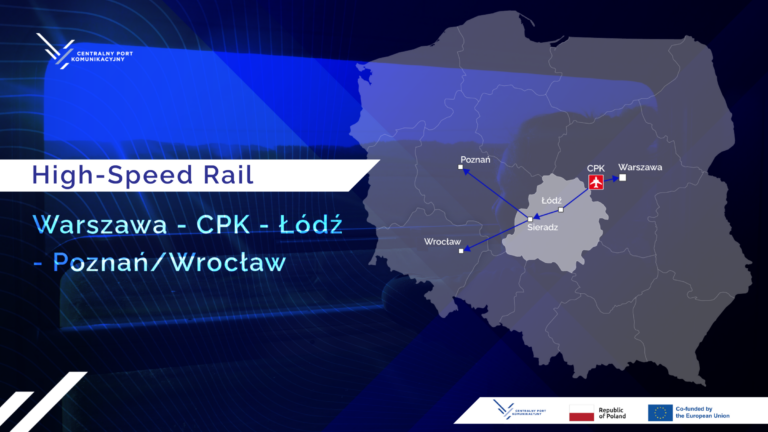Prometheans of the future
How an international team of scientists based in Poland fights a global battle for our eyes.
In “Sapiens: A Brief History of Humankind” Yuval N. Harari foresees a human tendence for self-perfection expanding in the society of the future, in a modern reinterpretation of Nietzsche’s philosophy. The usage of bionic organs, the possibility of visual information transfer from one brain to another, or being able to drive steering with your own eyes, will allegedly become the upgraded high-tech features of the futuristic man. Maybe we will indeed be able to perform eye transplants, introduce genetic enhancements to the eye function that will enable humans have better sight in the darkness, maintain excellent vision up to an advanced age, etc. But, the question is not even if, but how. How will we rise to such a level and make this evolutionary leap?
Looking for an answer, we need to understand that it is the systematic and daily steps that will add up to this revolutionary result in the future. Behind every visionary outcome stand multiple scientific efforts in order to advance the knowledge and technical solutions related to it. This is why the existence of research institutions like the International Centre for Translational Eye Research (ICTER) – that unites over fifty scientists and operates within the Institute of Physical Chemistry, Polish Academy of Sciences – is crucial, as it contributes to the global efforts that will eventually achieve the materialization of futuristic visions, which so far seem as unreal as science fiction movies.The bare truth is nowadays scientific progress is no longer the solitary product of a single scientist, a modern days Prometheus, who builds a Frankenstein’s creature, but a collaborative, interdisciplinary effort of many scientists from different disciplines, with cutting-edge, but mutually varying approaches. According to Professor Maciej Wojtkowski, Head of ICTER: “We need to de-iconize the 20th century approach to science, where we imagine some single researcher with gray hair who knows everything, has everything in his head like Einstein. The reason Einstein could be Einstein is because he accumulated knowledge that was developed one hundred and fifty years before him. At the moment, this knowledge is created in parallel, in different centres, no one has time to wait one hundred and fifty years in order to make progress. The society should become aware that nowadays there are other realities and the progress of science is a global effort of thousands of people.”
Prof. Wojtkowski’s Physical Optics and Biophotonics Group at ICTER is a centre of remarkable scientists who are pioneers in their fields. Prof. Wojtkowski points out that: “No one thought that the human retina could mechanically respond to light, until now it was completely beyond imagination.” Measuring nanometer-sized changes in a living moving eye is a real challenge. The group leader emphasizes: “There are not many people in the world who can do such things, but this is exactly the kind of research Dr. Sławomir Tomczewski is able to conduct in our group.” The system that is able to measure the eye with this technology was developed by Piotr Węgrzyn and Dr. Egidijus Auksorius. And the lion’s share of the algorithmics and methodology was developed by Dr. Dawid Borycki. Dr. Kamil Liżewski introduces us to the world of artificial intelligence. Dr. Jakub Bogusławski and Dr. Michal Dąbrowski specialize in two-photon imaging. Dr. Karol Karnowski’s group (Dr. Piotr Kasprzycki, Jadwiga Milkiewicz, Lyane Moreira, Onur Cetinkaya) solves problems related to the mechanical properties of the eyeball – critical in planning refractive correction procedures. In turn, Dr. Kasia Komar and Marcin Marzejon are responsible for the fantastic phenomenon of two-photon vision – that is, the perception of infrared light. “Each of these individuals is a treasure and great potential to help change reality”, the group leader added.

Prof. Wojtkowski summarizes the importance of his research group activities: “Our group members have pioneered solutions never attained before. These small miracles are done by them every day, when they finish one, they start a new challenge. This proves their exceptionality. An organization like ours opens doors, gives opportunities for these people. To research, you need to have the right conditions, and it is our task to create these conditions and allow people to develop according to their talents and abilities, which should be channeled. What to do with people who have scientific talent? You can not put them to work in a bank, or any office because then you squander their abilities, while they can somehow influence the fate of the world.”
At ICTER, there are five research groups. Like a five-pointed star, each group focuses on a different direction, but all are united by a common core: to develop cutting-edge Hi-Tech to support the diagnosis and treatment of eye diseases, enabling faster implementation of new therapies. ICTER scientists collaborate with the most prestigious eye care centres in Europe and North America: the Institute of Ophthalmology at University College London, and the Gavin Herbert Eye Institute at the University of California, Irvine. They have distinct perspectives on the eye, but share the common mission to maintain and save our sight from the impending civilization diseases, the genetic ones and those associated with the advancement of age.
The Computational Genomics Group led by Dr. Marcin Tabaka specializes in single cell epigenomics and transcriptomics. This group uses and develops methods for large-scale research, that is, methods in which a large number of cells can be studied at one time. They also develop sophisticated tools for this type of research, and utilize machine and deep learning to analyze these experiments. The group members are mostly from Poland, with one member from India. When asked what the group he leads wants to achieve, Dr. Tabaka responds: “We want to thoroughly study all types of eye cancer, with the help of single cell sequencing technologies, to create an atlas of these cells so that we know exactly what the variability in the population is for these diseases, to accurately characterize all the biochemical pathways of the cancer cells and the tumor microenvironment, how it changes for different patients. In terms of challenge, the biggest problem is obtaining samples, because these are very rare diseases, as for the problem of cancer itself, it is that the moment they begin to metastasize, the probability of cure is actually zero, and it is difficult to diagnose eye cancer. By the time it is diagnosed, metastasis is also likely to occur, so it is crucial to diagnose early and to understand adequately how metastases are formed and what are the possible treatments at the time when these metastases are already beginning to appear.” He also comments: ”Now we are at such a stage that we can study millions of single cells, with the current state of knowledge we are already able to create very accurate atlases of diseases.” In terms of the group’s achievements, Dr. Tabaka explains that the team has created an algorithm to analyze time-course data, either organismal development or from cancerous processes: “The idea is that we have data from the time courses of some processes and we are able to very accurately reconstruct ordering of cells from so-called multimodal data. The algorithm automatically finds which processes at what stage are important and determine the changes in the cells at multiple layers of gene regulation. This is difficult from a theoretical point of view because the very features we are measuring are multidimensional, so obtaining such information and presenting it in a way that facilitates interpretation of the results is quite complicated.”
The Ophthalmic Biology Laboratory is led by Dr. Andrzej Foik, who collaborates closely with Professor Krzysztof Palczewski from the School of Medicine at University of California Irvine. For Dr. Foik, “sight is the most important sense we all rely on, at the same time probably the most complex and therefore the most exciting to study.” His field of specialization is the study of the visual system in the brain, and investigating functional properties of the visual system. Dr. Foik’s dream has always been to develop the group in the direction of viral therapies and the creation of new vectors, so the team is moving towards this aim: to produce new genetic tools to cure blindness, and then confirm this by recording independent signals in the brain. Dr. Foik’s long term goal is to lay the groundwork for such a therapy that would make it possible to restore vision to an acceptable level in animals that cannot see anything, and he would like to use the rabies virus for this, but reprogrammed for scientific purposes. On the one hand the group purpose is to develop the therapy itself and prove that it works, and at the same time to develop such a carrier that will not be toxic, but will have the same properties as the virus they want to use. In terms of values that guide his work, Dr. Foik mentions humility, the search for truth, and altruism. Asked about the groups achievements, he states: “One major success is that we got additional funding of 5.3 million Polish złoty, so we were able to significantly equip the lab, which can also be used by other groups from ICTER. We are collecting the first results, which are going according to the hypothesis and hopefully we will only optimize them to be more effective. In total, we have 11 published papers.” To the European decision makers Dr. Foik would like to say: “Thank you for the support you show, but there is still a need for more. Particularly in Poland, we need more backing of innovative high-risk projects, the so-called translational projects, and a simplification of the system, which ties our hands. We develop various technologies, expand know how, and need to focus primarily on these goals, rather than on bureaucratic formalities.”
The Image-guided Devices for Ophthalmic Care group is led by Dr. Andrea Curatolo and specializes in developing devices that advance ophthalmic care, either via aiding the understanding of the processes at the base of vision, or via improving the state of the art in diagnostic imaging, therapy monitoring, surgical planning or guidance of ophthalmic procedures. In terms of long term goals, Dr. Curatolo aims to see functional imaging and a technique his group is working on, called Optoretinography, becoming the state of the art for assessing efficacy of therapies aimed at photoreceptor function restoration in inherited retinal dystrophies and degenerative diseases. He also hopes that the team he leads can make a difference improving the safety and efficacy of eye microsurgery, and wishes they can contribute to make eye care more affordable and hence expand its accessibility around the globe, by designing novel devices based on lower-cost paradigms. On the challenges ahead, Dr. Curatolo comments: “ There are certainly big scientific and technical challenges we are trying to overcome. An example is results repeatability, as the numbers of variable contributing to the effects we observe is not always easy to control, complicating their interpretation, especially as this requires a multidisciplinary effort. From a technical standpoint, the major challenges are often related to pushing the boundary of trying to measure faster, smaller effects, without compromising the accuracy of the measurement. Lastly, there are some very important challenges in the research work goal setting and communication. As cutting-edge research becomes more specialized and at the same time more interdisciplinary, it is important to improve the communication efforts among specialists in different fields, which, for us, means being able to understand vision scientists and ophthalmologists’ unmet needs and convey in a simple but not oversimplified way what we can contribute to fulfill them.” Dr. Curatolo emphasizes that his group, together with Prof. Wojtkowski’s group, has developed a technique for functional imaging of retinal photoreceptors, called optoretinography, and for the first time has measured and spatially mapped the retinal response to different flicker frequencies in an objective manner, underscoring the technique’s potential to become a new way to diagnose early retinal diseases. The team has also designed and begun assembling a “lean,” image- and robot-assisted platform for eye microsurgery, and preliminary results show promise for improving the safety and efficacy of surgical procedures such as certain corneal transplants and subretinal injections of sight-saving drugs. With a collaborating team from Madrid, the group has also designed a scanner that can take images of the entire eye in a simpler and less expensive way than is currently possible. Dr. Curatolo’s values in his research are: perseverance and drive to succeed, scientific rigor and integrity.
The Integrated Structural Biology is led by Dr. Humberto Fernandes. The scientist explains what is his group specialization: “Our main topic is structural biology. We look at the positions of the atoms within the proteins, the “machinery” in the cells. The way I see it, until we are able to take a picture with exactly the position of the atoms, and how they interact, we do not really know how proteins work. Structural biology is the technique that allows us to have a very fine picture of these proteins.” Asked what the most important plans and challenges of the group are, Dr. Fernandes responds: “The main goal for all of us is to learn cryoEM (Cryo-Electron Microscopy), we are all jumping into it, and managed already to have two projects going on. We have interest in protein targets that are still to be fully characterized structurally. We hope we can contribute to some drug development, or at least support the design of better drugs. The same goes to a project that we are starting that aims on getting a better diagnostic for diabetic retinopathy. To understand the system of how the visual process works, we need to disassemble the pieces out, analyze one by one, and put the information back together. This is one of the big challenges. The second is to adjust the technology, to use the new cryoEM, a fantastic tool which will help us in this research. A third one is that we require very specialized equipment to do our analysis, and sometimes you need to wait a long time before you are able to do the measurements.” The leader also speaks about his group most important achievements: “Within covid restrains, we managed to assemble the lab, get all the equipment, and get the project moving.” We ask Dr. Fernandes about the values in his research work, to which he responds: “Curiosity, honesty, creativity.” To the European decision makers, he would like to remind that: “Our business is expensive and we need constant funding, so it is difficult to operate when the funding is so irregular and we are always fighting for more, or are requested all the time to have long term visions, and are given tools to work on short term, that is difficult to balance.”
Prof. Christophe Gorecki, Director for Scientific Affairs at ICTER, concludes that it is very important to have therapies to study and prevent the degradation of vision. Modern technology affects eyesight, it causes fatigue (children spending time looking at tablets, young people working many hours with blue light), which already produces the onset of diseases at an early age. Prof. Gorecki considers that there should be more consistency in setting up structures in the Polish system, because “in order to support a branch of science where there is a high excellence it is not enough to give money, but also to back it structurally.”
We do not appreciate our capability to see until we, or our loved ones, start to lose sight. It dramatically lowers our standard of living, causing psychological effects and life impediments. That is why centres like ICTER should be noticed, and their noble mission appreciated by the society.
The International Centre for Translational Eye Research (MAB/2019/12) project is carried out by the Institute of Physical Chemistry, Polish Academy of Sciences within the International Research Agendas programme of the Foundation for Polish Science co-financed by the European Union under the European Regional Development Fund.







